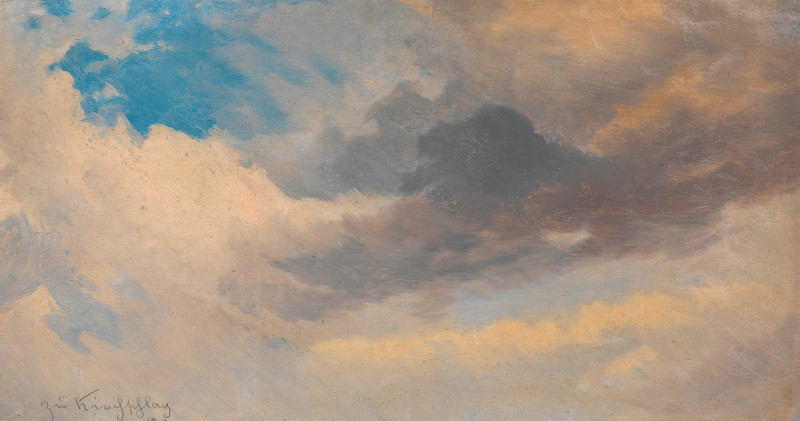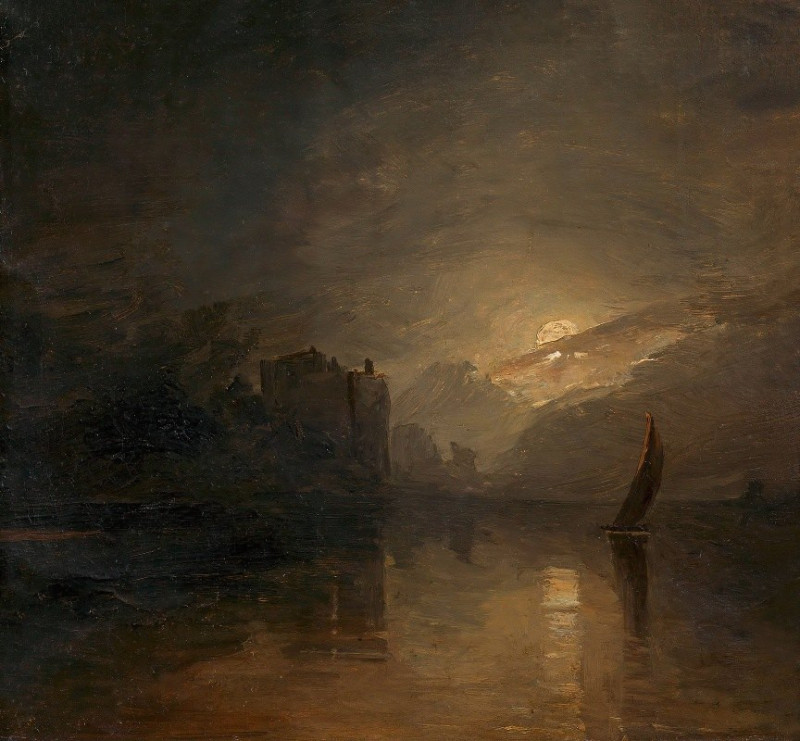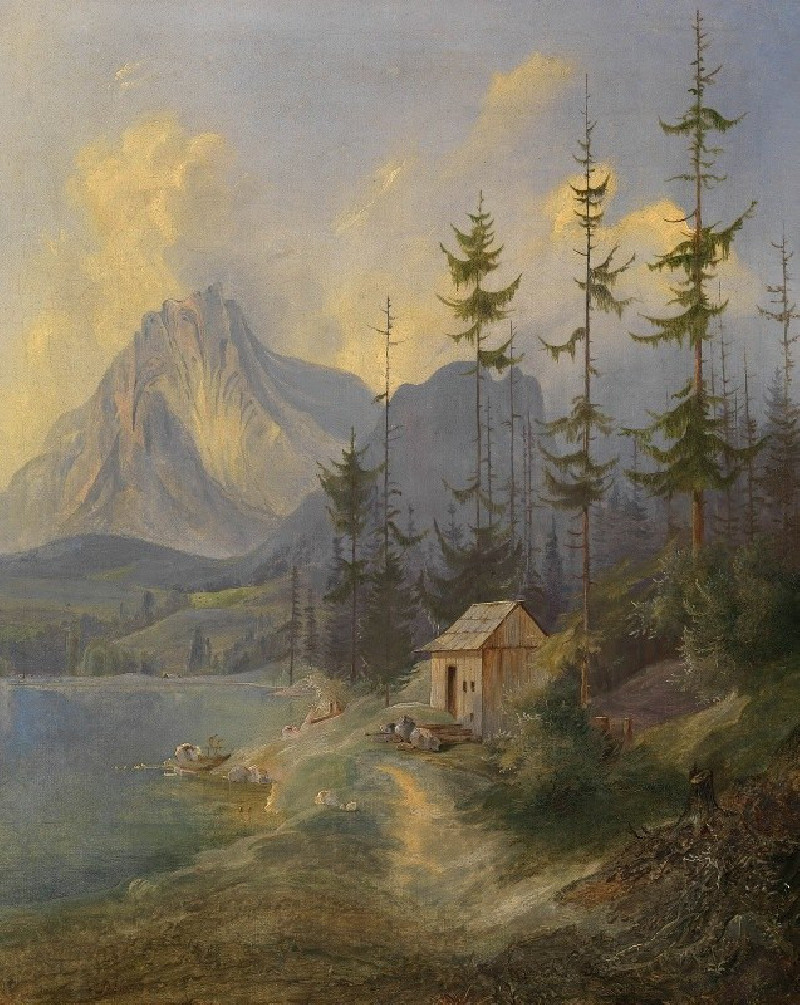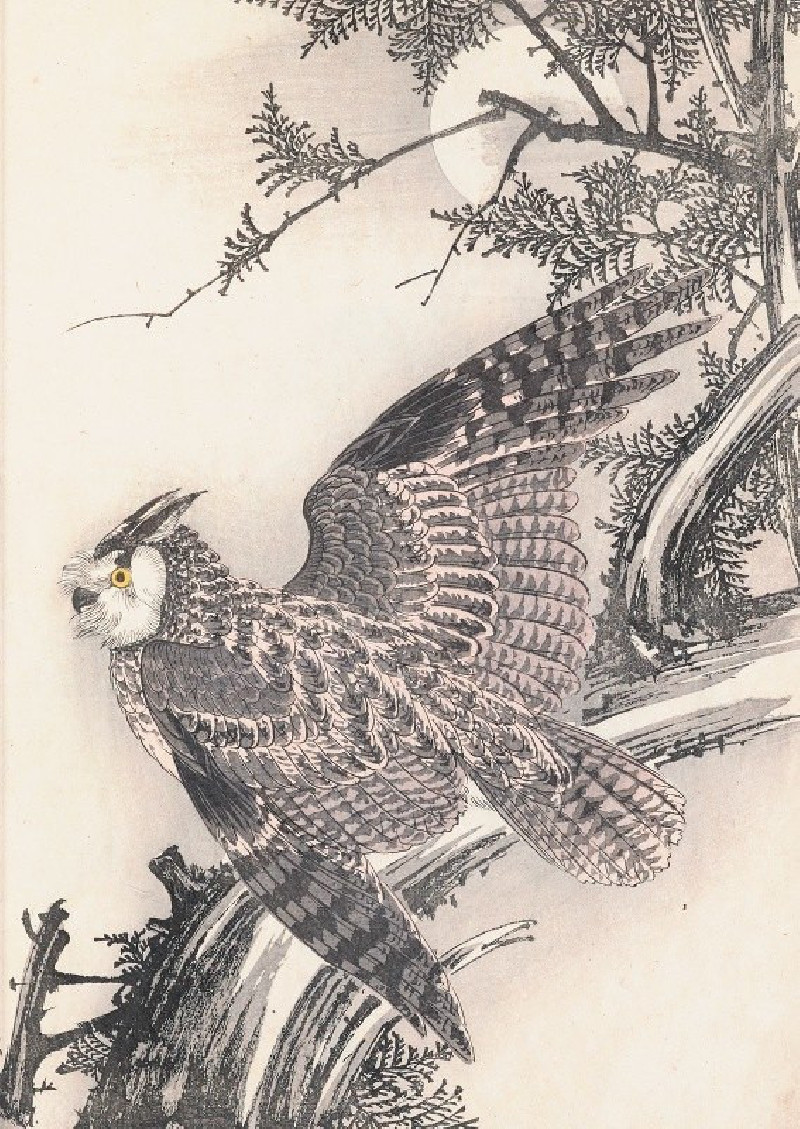Felspartie – Moldauenge bei Hohenfurt (1841)
Technique: Giclée quality print
Recommended by our customers
More about this artwork
Adalbert Stifter's masterpiece, "Felspartie – Moldauenge bei Hohenfurt," captures a mesmerizing moment in nature where raw beauty and serene danger coalesce. Painted in 1841, this artwork presents a dramatic scene set in a rocky river gorge through which the Moldau River flows.In this breathtaking work, Stifter portrays towering cliffs that enclose the swirling waters of the river. The perspective is drawn from a low vantage point, allowing viewers to feel enclosed by the immense rocky structures on either side. The cliffs, rendered in various shades of browns and greys, brilliantly capture the play of light and shadow, adding a profound depth to the composition.Dominating the composition are the rugged, moss-covered rocks that seem to jut directly out from the earth, testament to the enduring power of nature. The river itself is depicted with dynamic brush strokes, portraying the forceful movement of water as it maneuvers around boulders and fallen logs. A broken tree trunk lies partially submerged in the foamy water, suggesting recent upheaval or the constant reshaping forces at play in this secluded environment.Toward the backdrop, the painting softly blends into a mist, where light filters in, illuminating the spray from the river and enhancing the sense of mystical or sublime quality typical of Romantic landscape paintings. Despite the absence of any human figure, Stifter's work deeply resonates with the Romantic era's reverence for nature, emphasizing themes of awe, power, and isolation."Felspartie – Moldauenge bei Hohenfurt" is not merely a geographical depiction but a journey into the profound impacts of nature on the human spirit.
Delivery
Returns
Adalbert Stifter (1805–1868) was an Austrian writer, poet, painter and pedagogue. Born in Oberplan, Bohemia (now Horní Planá, Czech Republic), he was the eldest son of a wealthy linen weaver. Better known as a writer, Stifter was able to convey vivid and engaging landscapes in both his writing and painting. At the end of his life, exhausted by physical and mental illnesses, the artist died of suicide.














































